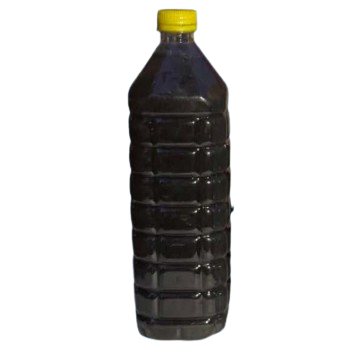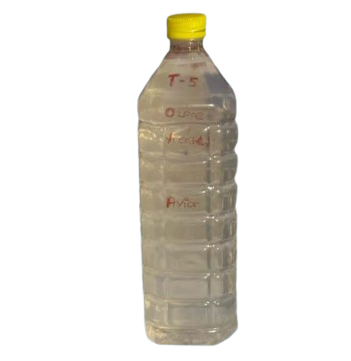Sewage Treatment Plant
Location
185 MLD Pirana Sewage Treatment Plant, Ahmedabad, Gujarat
Parameters
DO, COD, BOD, Pathogens, Sludge Volume, Odour, Energy Consumption, Chemical Reduction
Type of case study
Sewage Treatment Plant
Date
3 December 2024 – 4 December 2024
Introduction
Nanobubbles, gas-filled bubbles smaller than 200 nanometers, enhance oxygen transport and water quality in treatment processes. This case study explores their application in improving sewage treatment outcomes, focusing on critical parameters such as COD, BOD, dissolved oxygen, pathogen reduction, and sludge management.
The Problem
We have observed that across India, Sewage Treatment Plant usually face multiple challenges, including:
- High levels of COD and BOD in treated water.
- Low dissolved oxygen levels in the treatment tanks.
- Persistent odour issues in the vicinity of the plant.
- Energy-intensive aeration processes.
- Excessive use of chemical disinfectants and oxidants.
- Inefficient sludge management leads to increased operational costs.
The existing aeration systems failed to uniformly disperse oxygen and adequately address these issues, necessitating a more efficient and sustainable solution.
Recommended Solutions :
Avior Aqua proposed implementing nanobubble technology to:
- Enhance oxygen transfer efficiency and dissolved oxygen levels.
- COD and BOD reduction through advanced oxidation processes.
- Minimize odour and microbial contamination.
- Optimize energy consumption and reduce reliance on chemicals.
- Improve sludge dewatering and overall management.
The STP management agreed to a two-day pilot test using Avior Aqua nanobubble generators.
Implementation :
The nanobubble technology was installed on 3 December 2024, The Pilot was conducted in a controlled environment on STP water samples ranging from 50-100 litres of water retrieved from various stages of STP. The setup included:
Nanobubble Generator Specifications:
- Water Flow Rate: 6 m3/hr
- Gas Flow: 5 LPM (adjustable up to 10 LPM)
- Power Consumption: <2 kW
- Oxygen Purity: >98% @ 5 LPM
Pilot Procedure:
- Day 1: Aeration of raw sewage water using oxygen nanobubbles.
- Day 2: Treatment of effluent water using ozone nanobubbles.
- Sampling and analysis at various stages to measure changes in water quality parameters.
Even with system installation, the setup was completed in under a day, ensuring minimal disruption to regular STP operations.
Results :
Visible Improvements
- Significant odour reduction within hours of operation.
- Clearer water with reduced turbidity.
- Enhanced aeration and reduced sludge accumulation.
Before

After

The pilot demonstrated the efficacy of nanobubble technology in enhancing STP performance. Key outcomes included:
Nanobubbles can be integrated at any stage of treatment under STP, it shall drastically reduce the process load of STP if incorporated strategically.
Reduction in COD and BOD Levels : Improved treatment efficiency.
Energy Savings : Energy efficient compared to conventional STP.
Odour Elimination : Significant improvement in air quality around the STP.
Optimized Chemical Usage : Decreased dependency on chemical disinfectants and oxidants.
Pathogen Reduction: Enhanced public health and compliance with discharge standards.
Improved Sludge Management : Reduced sludge volume and associated handling costs.
Conclusion
This sustainable and chemical-free solution has proven scalable and cost-effective, making it an ideal candidate for full-scale STP integration. The success of this pilot opens new opportunities for advancing wastewater treatment efficiency and environmental conservation.

